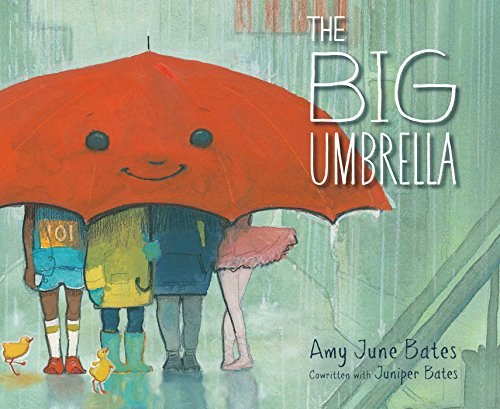How to Make SEL Connections in the Art Room
Social emotional learning typically comes up in the traditional classroom setting, but what about in the art room? I can tell you first hand that students show their emotions just as much, especially when it comes to an art project that they either (1) don’t want to do, or (2) don’t understand why they have to do it. Both of these usually stem from not truly grasping the assignment and that’s why this is an important conversation to have - regardless of what kind of teacher you are. As an Arts Integration Specialist, I see so many benefits of intentionally including SEL-based art experiences in the classroom. There are also many books that I highly recommend and have listed for you below.
The Five Social Emotional Learning Competencies
Self-awareness
Know your strengths and limitations, with a well-grounded sense of confidence, optimism, and a “growth mindset.” To help my students become more self-aware, I choose art assignments that help them gain confidence in their abilities to create a finished piece of work unique to them. I openly and constantly remind them that each of their pieces will look different and to tap into their own individual creativity.
Self-management
Effectively manage stress, control impulses, and motivate yourself to set and achieve goals. Fostering this competency can seem overwhelming at first, but it’s quite easy to work in goal-setting in any classroom setting. Even from the perspective of art, I can give students the option to work toward a common goal by doing a project that requires participation by the entire class. This helps take the individual pressure off of students and instead shift it to something that takes a group effort.
Social awareness
Understand the perspectives of others and empathize with them, including those from diverse backgrounds and cultures. This is another competency that can be fostered by using a project (or assignment) that takes a group effort. To switch things up a bit, you can break your classroom down into smaller groups of 3-4 students and have them work together on a project. They will need to be mindful of those in their group and work together despite any differences.
Relationship skills
Communicate clearly, listen well, cooperate with others, resist inappropriate social pressure, negotiate conflict constructively, and seek and offer help when needed. In my opinion, building relationship skills can best be accomplished by setting that overall tone in the classroom. Be verbal and suggestive about students helping one another. Be on the lookout for the leaders in your classroom and put them in charge of helping others. There are also many art activities that can help students work together and build their relationship skills.
Responsible decision-making
Make constructive choices about personal behavior and social interactions based on ethical standards, safety, and social norms. While this sounds like it has absolutely nothing to do with art, it can! In fact, look at it from the perspective of making activities more personable to your students. They will be more inclined to participate thoroughly in an activity versus check out or give resistance.
Suggested Books and Art Prints for SEL
As promised, I want to give you a list of books that you can benefit from using in your classroom.
Self-Awareness:
Self-Management:
Social Awareness:
Relationship Skills:
Responsible Decision-Making:
Final Thoughts
As you continue teaching your students, look for ways to incorporate SEL. It’s easier than you think and I have lots of ideas here on my blog that could help you do it!















